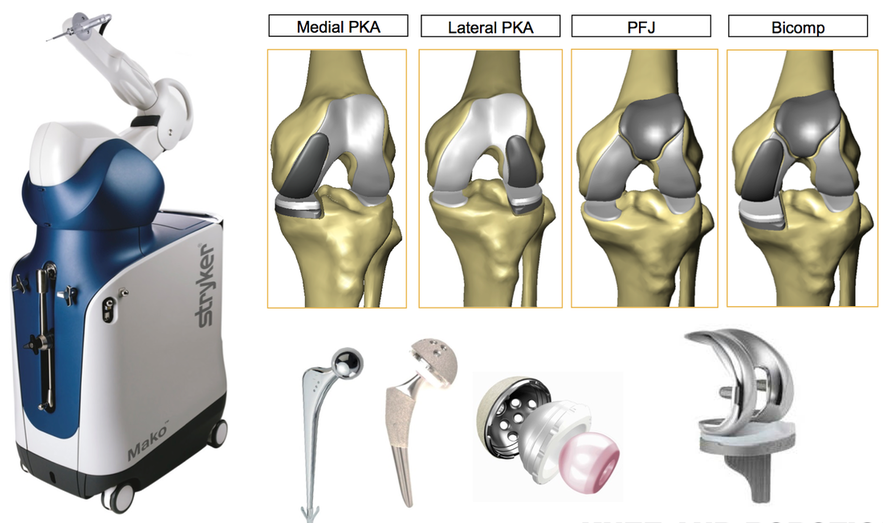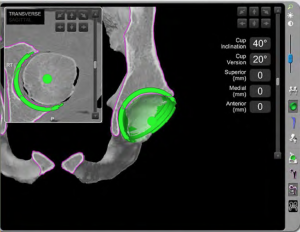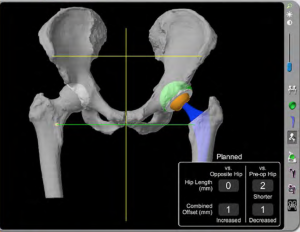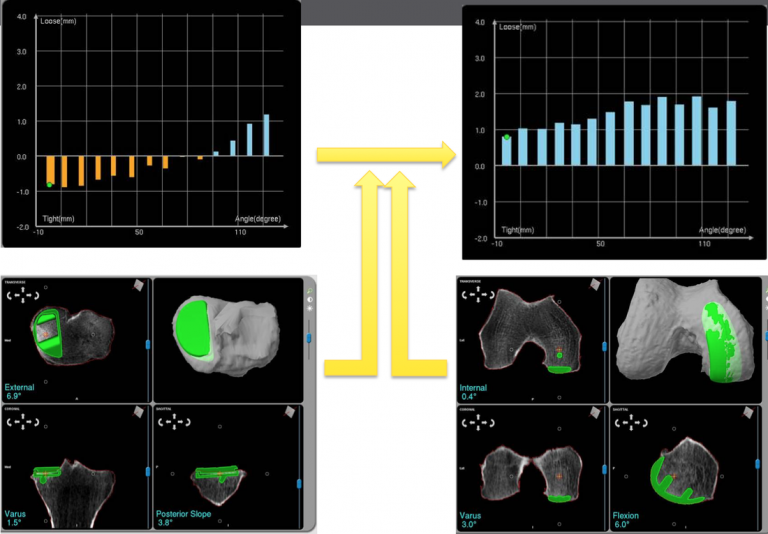Robotic Joint Replacement

In late 2017 the first Robotic Knee Replacements became available in Victoria with Mr Blackmore again being one the first trained and early adopters of Robotic Total Knee Replacement.
Why Robotic Surgery?
Despite years of experience countless studies have shown we are not as good as we think we are in placement of joint prothesis or the cuts in the bone we make to seat them.
This is a robot with a computer guidance system has shown to increase our precision in cutting the bone for your joint replacement as well as position the joint replacement components in the best position.
What’s the evidence?
In Australia we often look to our national joint registry as an instrument to access the performance of joint replacements. Because Robotic Joint Replacements have only recently become available in Australia there is a paucity of long term data but the available short term data is extremely positive. (Click for more info)
How does Robotic Surgery work?


The surgeon check this the be certain the component are going to be place in a precise position.
In traditional joint replacements thesis often done when bone starts to get cut which if incorrect can be difficult to undo. With a robotic joint replacement this can be done before any irreversible bone cuts are made.
This is what makes robotic joint replacement a powerful and precise instrument in joint replacement surgery.
Now that the simulated joint replacement is in an excellent position with appropriate balancing the robot can but the bone with great precision. The robot with is computer guidance cuts bone with less than 1mm of error which is extremely precise. This is often the easiest part of the operation as the robot is computer guided as per the plan.


Once the bone cuts are done with the use of the robot the joint is inserted and checked with computer guidance to be in the position that it was calculated. From here the procedure is completed as like a non-robotic joint replacement.
Here is an example of the robots precision in placing the cup part of a total hip replacement. This surgeon compared his first 100 hip replacements aiming for the target zone which he hit 31% of the time – note his dislocation rate and fracturing of the liner. The last 100 manual (middle box) when he was a lot more experienced saw an improvement in hitting the target zone to 45% of the time.
It wasn’t until he switched to robotic surgery and even through it was his first 100 robot operations when he had less experience his accuracy improved to 76% but importantly no fractures or dislocation .
For more information please visit the following websites


